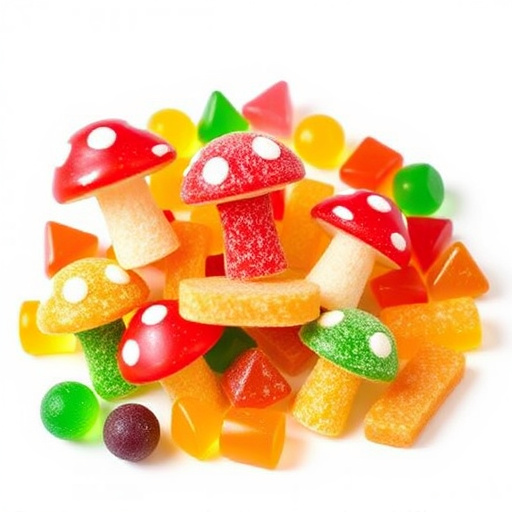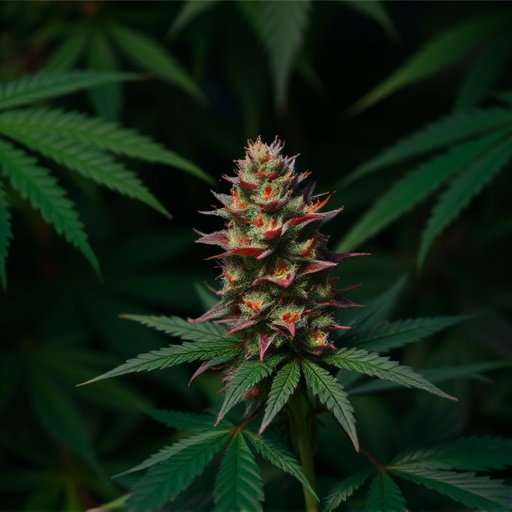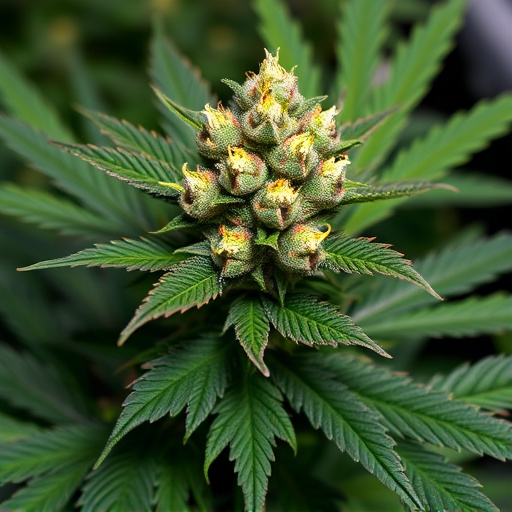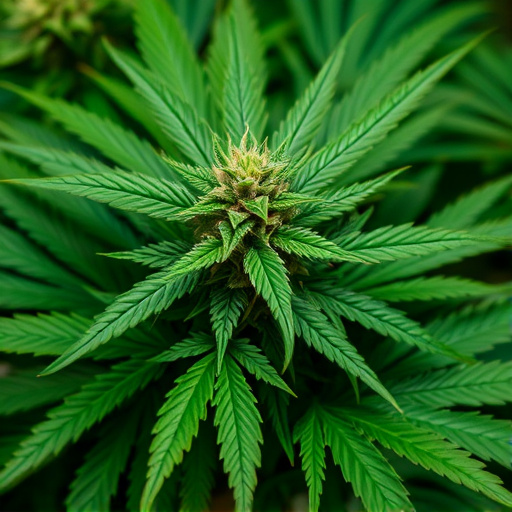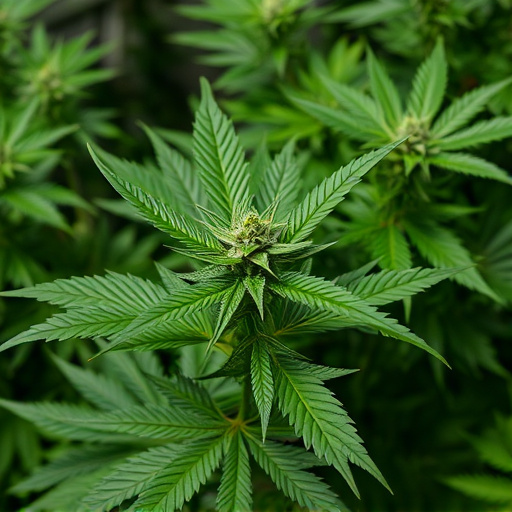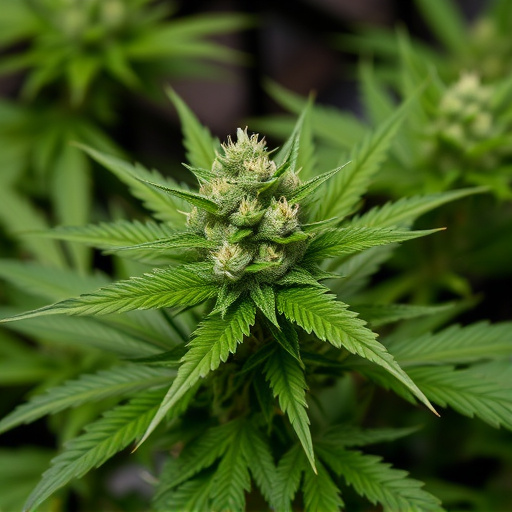The potency and duration of a medical marihuana high are primarily driven by cannabinoid profiles, notably THC and CBD levels. Higher THC offers more intense, longer highs while CBD-rich strains provide milder effects but may alleviate anxiety. Cultivation techniques enhance specific cannabinoid concentrations for tailored patient needs. Environmental factors like temperature, humidity, and time of day also modify the experience, with cooler temps extending highs. Individual variations in metabolism, influenced by age, health, and genetics, significantly impact high duration. Strains vary in potency and length based on their unique chemical compositions.
“Unraveling the duration of a cannabis high is a complex task, influenced by a myriad of factors. This article explores the intricate world of medical marihuana strains, their genetic composition, and the role of cannabinoids in shaping the user’s experience. We delve into environmental variables that can extend or modify the high, and most importantly, examine individual biological differences in metabolism. Understanding these factors is key to personalized cannabis therapy and optimized patient outcomes.”
- Genetic Composition and Cannabinoid Profile of Medical Marihuana Strains
- Environmental Factors and Their Impact on High Duration
- Individual Biology and Metabolism: Understanding Personalized Effects
Genetic Composition and Cannabinoid Profile of Medical Marihuana Strains
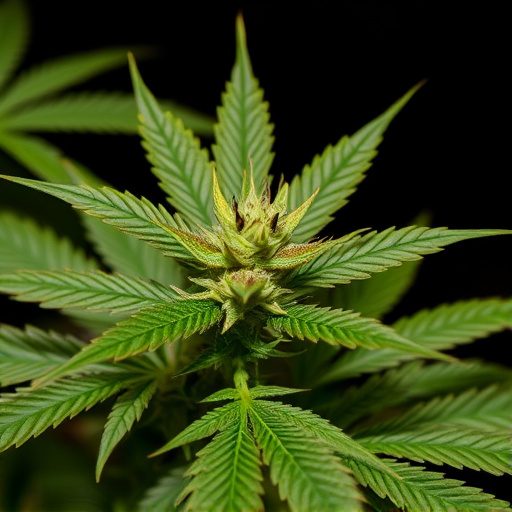
The genetic composition and cannabinoid profile of medical marihuana strains play a pivotal role in determining the duration and intensity of the ‘high’ experienced by users. Each strain possesses unique characteristics, with variations in the levels of THC (tetrahydrocannabinol), CBD (cannabidiol), and other cannabinoids. These compounds interact with our endocannabinoid system, affecting mood, perception, and memory. For instance, strains high in THC are known to induce more potent psychoactivity, potentially leading to longer-lasting effects. On the other hand, CBD-rich strains may offer a milder high but are celebrated for their anxiolytic properties, which could reduce the duration of the ‘high’ while providing relief.
Furthermore, the cultivation methods and environmental factors during growth can also impact these profiles. Selective breeding practices aim to enhance specific cannabinoid concentrations, catering to diverse patient needs and preferences. Understanding the intricate relationship between genetics, cannabinoids, and cultivation techniques is essential for patients seeking tailored medical marijuana treatments, ensuring they receive strains that provide the desired effects for their specific conditions.
Environmental Factors and Their Impact on High Duration
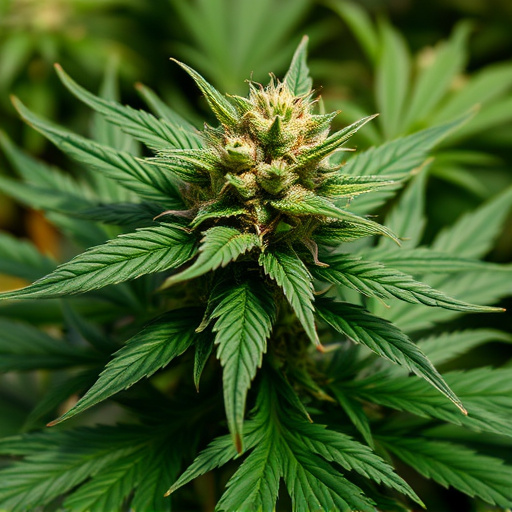
The environment in which cannabis is consumed can significantly alter the duration and intensity of the “high.” Factors such as room temperature, humidity, and even the time of day can play a role. Cooler temperatures tend to prolong the effects, while warmer environments may accelerate the onset but shorten the overall duration. Humidity levels also impact how quickly the active compounds are absorbed and metabolized, affecting the peak and tail-end of the high. Many enthusiasts attribute these environmental influences to the varying experiences users have with different medical marihuana strains. Some varieties are known for their more pronounced effects in cooler, drier settings, while others may be better suited for daytime use in warmer, humid environments due to their shorter duration.
Individual Biology and Metabolism: Understanding Personalized Effects
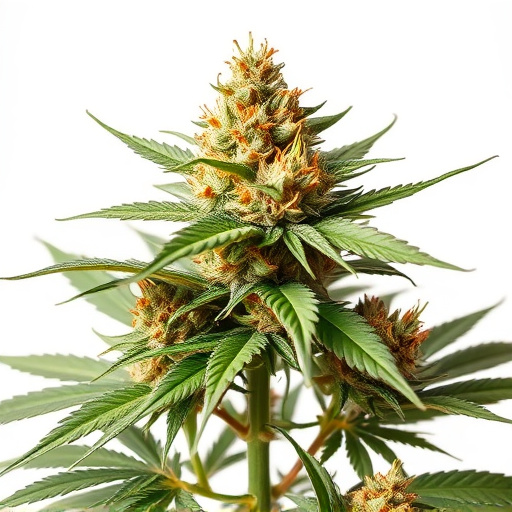
The effects of cannabis, and how long they last, can vary greatly from person to person, largely due to individual biology and metabolism. Every person’s body metabolizes cannabis differently based on various factors like age, weight, gender, overall health, and genetics. This personalized metabolism significantly influences the duration of a cannabis high. For instance, some individuals may experience the euphoric effects for several hours, while others might feel the impact for a shorter period.
Understanding these variations is crucial when considering the use of medical marihuana strains. Different strains have unique chemical compositions, and their interaction with an individual’s biology can lead to diverse outcomes. Some strains are known for their longer-lasting effects due to higher levels of certain cannabinoids, such as THC, which can prolong the sense of euphoria and relaxation. Conversely, other strains may produce shorter highs, offering a more subtle and transient experience.
The duration of a cannabis high is influenced by a complex interplay of genetic factors, environmental conditions, and individual biology. Understanding the unique cannabinoid profiles within medical marihuana strains, along with how environmental variables impact their expression, allows for personalized experiences and improved patient care. By recognizing these influences, users can make informed choices regarding strain selection and consumption methods to achieve desired effects.

